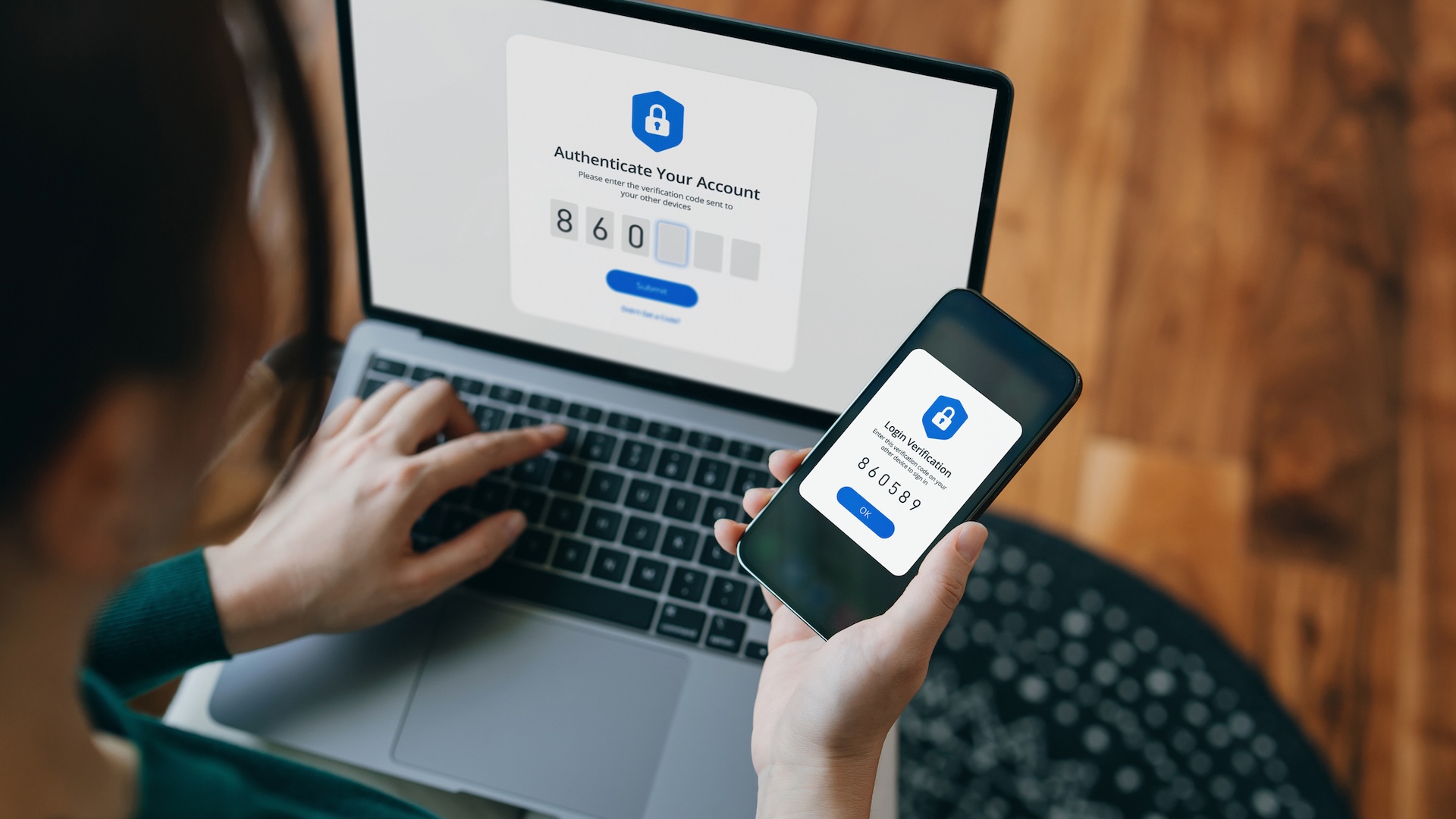開発者向けオファー
ImaginePro APIを50クレジット無料で体験
MidjourneyやFluxなどを活用してAIビジュアルを構築 — 無料クレジットは毎月リセットされます。
The Three Pillars Of Modern Data Privacy Protection

Cybersecurity and data privacy are constant topics of discussion. Governments are enacting new cybersecurity laws, and companies are boosting their security spending to record levels. Despite these efforts, individuals are increasingly losing control over their personal data.
In a stark illustration of this trend, the Identity Theft Resource Center reported that companies issued 1.3 billion data breach notifications to victims in 2024—more than triple the number from the previous year. It's evident that personal data breaches are not just ongoing; they are accelerating.
Many view cybersecurity as a purely technical challenge, and while technology is a vital component, it's not the complete solution. According to information technology professor Mike Chapple, robust personal privacy protection rests on three crucial pillars: accessible technical controls, public awareness, and strong public policies. A failure in any one of these areas jeopardizes the entire system.
The First Pillar: Technical Controls
Technology serves as the primary defense, securing the computers that store our data and encrypting information as it moves across networks. However, even the most advanced security tools can be compromised if they are misused, misconfigured, or simply ignored.
Two technical controls are fundamental to digital privacy: encryption and multifactor authentication (MFA). When implemented correctly and used widely, they form a powerful defense.
Encryption uses complex algorithms to render sensitive data unreadable without the correct key. Today, nearly all web traffic is protected by HTTPS encryption. But if data is so well-protected in transit, why do so many breaches occur?
The problem often lies with data at rest—information stored on phones, laptops, and cloud servers. While modern smartphones encrypt files by default, the same isn't true for many corporate databases and cloud storage systems. A 2024 industry survey revealed that only 10% of organizations report encrypting at least 80% of their cloud data. This leaves vast quantities of personal information vulnerable if a system is breached.
Multifactor authentication adds a critical layer of security by requiring more than one form of verification, such as a password combined with a code from a smartphone app. Proper use of MFA reduces the risk of an account compromise by 99.22%. Yet, while 83% of organizations require MFA for employees, that still leaves millions of accounts secured by only a password. Expanding its adoption is a simple but critical step.
The Second Pillar: User Awareness
Technology can fail when people make mistakes. A Verizon report found that human error contributed to 68% of data breaches in 2024. Organizations can counter this risk through comprehensive employee training, data minimization (collecting and storing only essential information), and strict access controls.
Furthermore, having clear policies, regular audits, and well-rehearsed incident response plans allows organizations to manage a breach effectively, mitigate damage, and prevent future incidents. Protecting against insider threats and physical intrusions with measures like locked server rooms is also essential.
The Third Pillar: Public Policy
Legal frameworks are necessary to hold organizations accountable for protecting user data. The European Union's General Data Protection Regulation (GDPR) is a global benchmark for privacy law, granting individuals rights over their data and imposing significant penalties for violations. In a prominent example, Meta was fined €1.2 billion in 2023 for a GDPR breach.
In contrast, the U.S. lacks a comprehensive federal privacy law, despite years of discussion and several legislative proposals. The current American landscape is a complex mix of industry-specific rules, like HIPAA for health data, and a patchwork of state-level laws. This system provides uneven protection for citizens and creates significant compliance challenges for businesses.
The tools, knowledge, and policies to safeguard personal data are available. What is needed now is the collective will and a unified mandate to put these essential protections in place for everyone.
プランと料金を比較
ワークロードに合ったプランを選び、ImagineProの全機能を解放しましょう。
| プラン | 料金 | 主なポイント |
|---|---|---|
| スタンダード | $8 / 月 |
|
| プレミアム | $20 / 月 |
|
個別条件が必要ですか?クレジットやレート制限、導入方法を柔軟にご相談ください。
料金の詳細を見る

